3.8% drop in EU’s greenhouse gas emissions in 2019; transport emissions rise
Green Car Congress
JUNE 1, 2021
The large decline in emissions, achieved before the COVID-19 crisis, was mainly due to reduced coal use for power generation. The official data, submitted on behalf of the EU to the United Nations Framework Convention on Climate Change (UNFCCC), show that EU Member States managed to reduce collectively their emissions by 3.8%

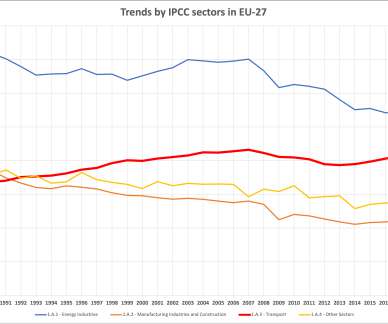
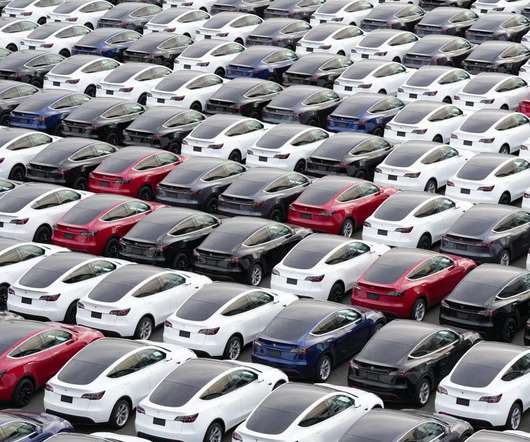
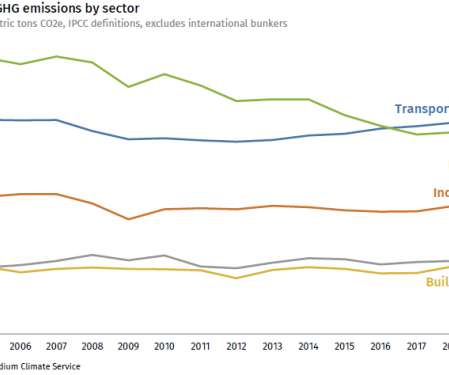



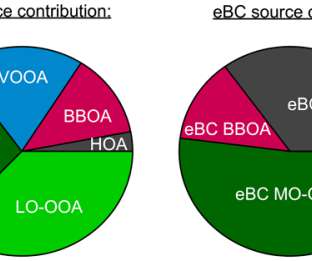







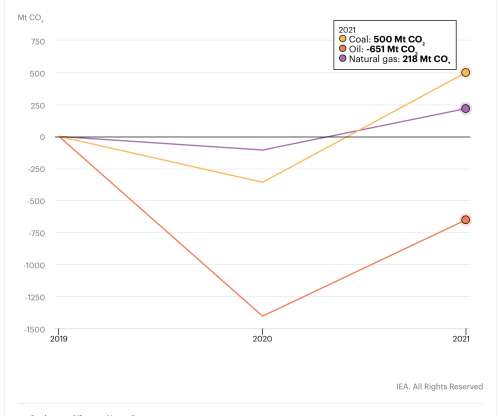


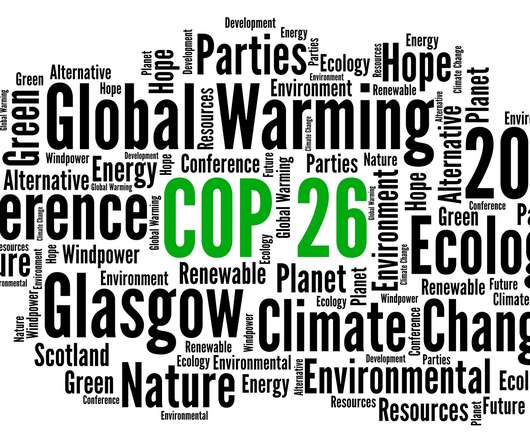



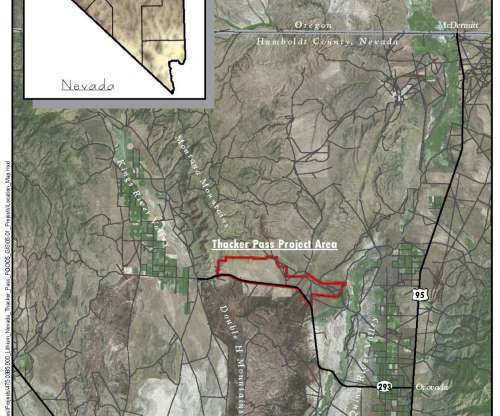

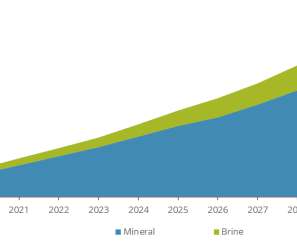




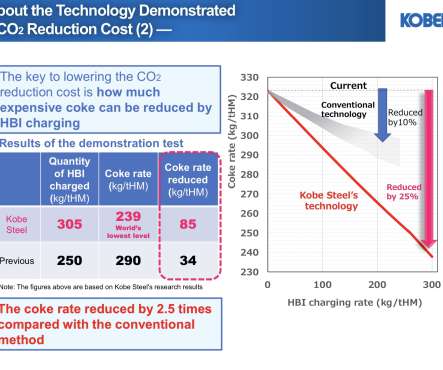















Let's personalize your content